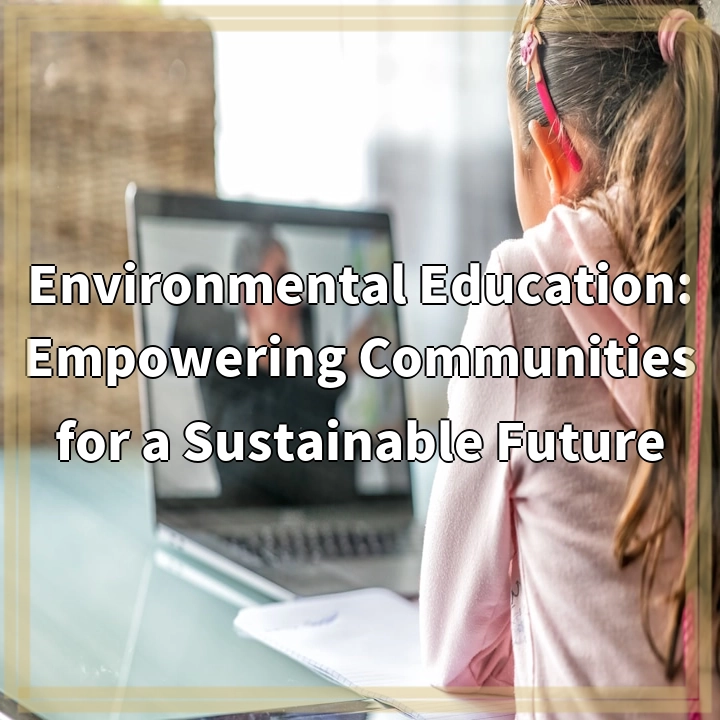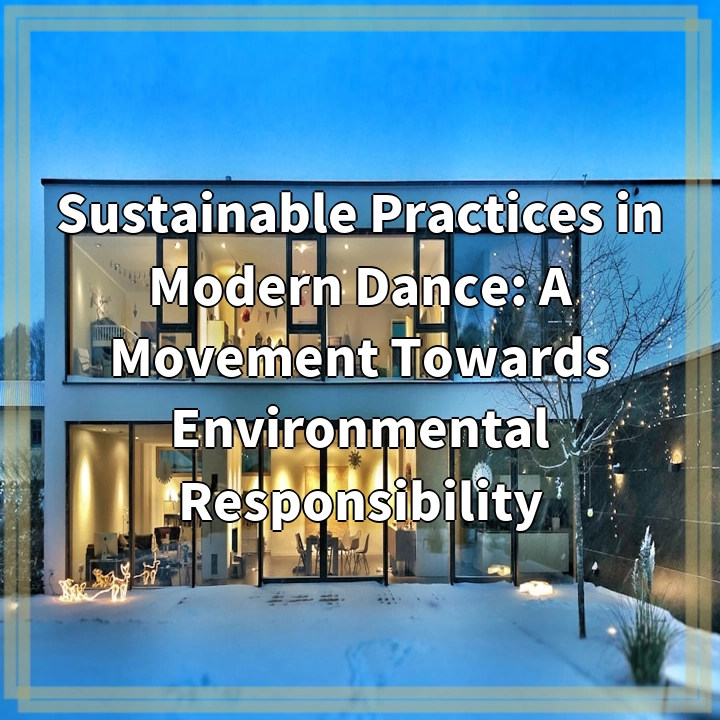
What it is:
Environmental education is a process that aims to increase awareness and understanding of environmental issues and sustainability practices. It empowers individuals and communities with the knowledge and skills needed to make informed decisions regarding their impact on the environment. Through various educational programs, workshops, and activities, environmental education fosters critical thinking, problem-solving skills, and a sense of responsibility towards the planet.
Key Components of Environmental Education
At its core, environmental education encompasses several key components:
- Understanding Ecosystems: Exploring the interrelationships within ecosystems and the importance of biodiversity.
- Awareness of Environmental Issues: Addressing pressing issues such as climate change, pollution, and resource depletion.
- Sustainable Practices: Encouraging sustainable behaviors and practices that contribute to the health of the planet.
- Community Engagement: Involving community members in local environmental initiatives and decision-making processes.
Real-World Problems
Despite its importance, environmental education faces several real-world challenges that hinder its effectiveness and reach:
Lack of Access to Quality Education
Many communities, particularly in underserved areas, do not have access to comprehensive environmental education programs. Limited resources and funding often result in inadequate curricula that fail to address local environmental issues.
Insufficient Teacher Training
Educators may lack the necessary training and resources to effectively teach environmental topics. This can lead to a superficial understanding of complex issues and hinder students’ ability to engage critically with the material.
Disconnection from Nature
With the rise of urbanization and technology, many individuals, especially children, are becoming increasingly disconnected from nature. This detachment limits their ability to appreciate the environment and understand its significance, resulting in lower engagement in environmental issues.
Awareness and Advocacy Challenges
While environmental education aims to raise awareness, many individuals still lack knowledge about critical issues such as climate change and sustainability. Additionally, some people may resist such education due to misinformation or skepticism, making advocacy efforts more challenging.
Policy Barriers
In some regions, environmental education is not prioritized within educational policies, leading to an absence of structured programs in schools. This can create a gap in environmental literacy that may have long-term implications for community engagement and environmental stewardship.
Conclusion
Addressing these real-world problems is essential for effective environmental education. By investing in quality programs, training educators, fostering connections to nature, and advocating for supportive policies, we can empower communities to engage with environmental issues and work towards a sustainable future.

Solutions to Enhance Environmental Education
To tackle the challenges faced by environmental education and empower communities effectively, a multi-faceted approach is necessary. Here are some actionable solutions:
Improving Access to Quality Education
Investing in comprehensive environmental education programs, especially in underserved areas, is crucial. This includes securing funding and resources to develop curricula that address local environmental issues and engage diverse communities.
Enhancing Teacher Training
Providing educators with specialized training and resources can dramatically improve their ability to teach environmental topics effectively. Workshops, seminars, and ongoing professional development opportunities should be made available to support teachers in delivering engaging and informative content.
Fostering Connections with Nature
Initiatives that encourage outdoor learning and hands-on experiences can help bridge the gap between individuals, especially children, and the natural world. Schools and community organizations can promote field trips, nature clubs, and workshops that emphasize the importance of environmental stewardship.
Increasing Awareness and Advocacy
Raising awareness about critical environmental issues through campaigns, social media, and community outreach can help combat misinformation. Engaging local leaders and influencers to advocate for environmental education can amplify these efforts and motivate community participation.
Advocating for Supportive Policies
Working with policymakers to prioritize environmental education in school curricula can lead to systemic changes. Advocating for policies that integrate environmental literacy into the education system ensures a long-term commitment to educating future generations about sustainability and ecological conservation.
Conclusion
Implementing these solutions can help overcome the challenges in environmental education, ultimately leading to more informed, engaged, and responsible communities.















